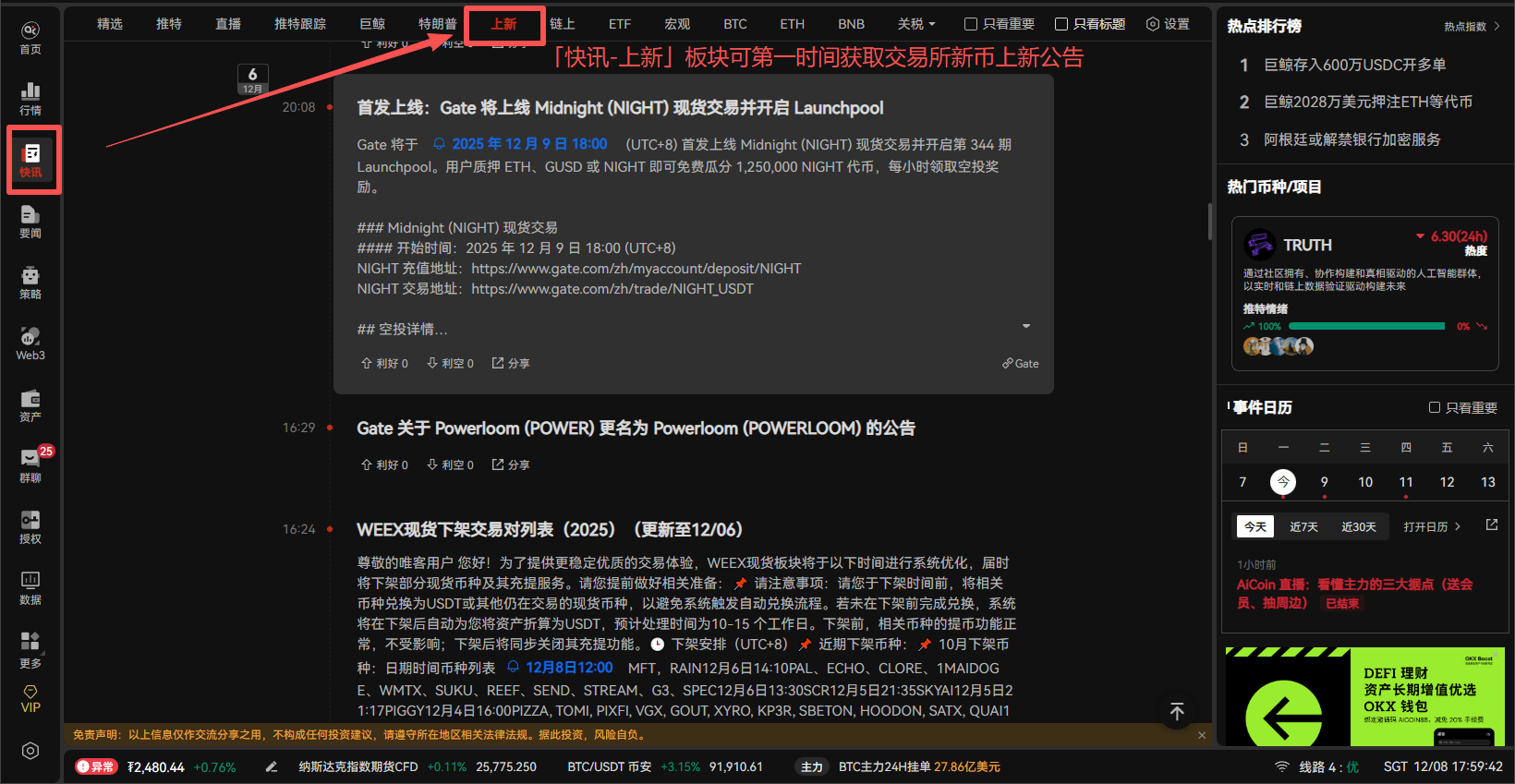Source: Cointelegraph
Original: “Decentralized Finance (DeFi) Must Return to P2P Roots to Achieve Mass Adoption”
Author: Jean Rausis, Co-founder of SmarDex
Decentralized Finance (DeFi) originally carried a clear vision: to establish a global permissionless financial system based on peer-to-peer (P2P) transactions, free from the shackles of traditional finance (TradFi). Early lending platforms perfectly embodied this idea, allowing borrowers and lenders to negotiate terms directly, stepping outside the rigid framework of traditional finance.
Unfortunately, most DeFi protocols have gradually deviated from their original intent, abandoning true P2P interactions in favor of liquidity pools, external oracles, and highly automated market maker (AMM) mechanisms. While these designs have released liquidity, they have done so at the cost of user control and transparency, further exposing the system to the risks of centralized manipulation by "oracles." Today, users are trapped in predefined liquidity pools, unable to choose collateral assets or manage their risk exposure.
Even more sadly, even the so-called leaders of DeFi have violated the most basic principles of decentralization. Recently, the Hyperliquid exchange intervened by manipulating oracle values, causing its total locked value (TVL) to plummet from $540 million to $150 million, completely tearing apart the industry's facade.
Clearly, DeFi has lost its way. To break the deadlock, it must return to its roots.
The Original Intent of P2P
When DeFi first entered the mainstream, P2P lending was its foundation. People could complete loans directly through smart contracts, agreeing on collateral types, interest rates, and other terms without going through banks or centralized exchanges (CEX). This transparent, trustless model was a revolutionary breakthrough, but as liquidity demand grew, developers gradually shifted to liquidity pool systems.
Liquidity pools indeed improved capital efficiency: borrowers could access funds instantly, and lenders could earn returns without waiting for manual matching. However, this design sacrificed DeFi's most precious quality—true P2P autonomy. In the liquidity pool system, users again became passive recipients of rigid rules.
When the new generation of DeFi protocols forgets their origins, they abandon not only the P2P spirit but also violate the golden rule of decentralization, ultimately converging with the centralized systems they claimed to disrupt.
The Illusion of Decentralization
The Hyperliquid incident thoroughly exposed the fragility of "pseudo-decentralization." Although the exchange claimed to use independent oracles, it retained the power to intervene in pricing. This emergency intervention may have avoided greater losses, but it completely shattered its promise of decentralization—platforms that can rewrite rules and manipulate prices afterward are essentially centralized products.
DeFi oracles should be sacred entities guarded by a network of validators, not tools manipulated at will by pseudo-DeFi teams in times of crisis. Such events only exacerbate public skepticism, making it harder for builders who genuinely adhere to their original intent to gain trust. If DeFi continues to be a misnomer, it will ultimately become a hollow slogan of self-promotion.
Mass Adoption Requires the Return of User Sovereignty
This is precisely the deep logic behind why DeFi must return to its P2P roots. In a modernized P2P system, users can autonomously agree on fixed terms, choose collateral assets, and escape the fragile pricing of oracles, achieving true transparency and resilience. Whether it’s asset selection, direct lending, or transactions without intermediaries, every DeFi user deserves an open, secure, and user-driven system—only by rebuilding control and transparency can true mass adoption be achieved.
This model will attract both crypto-native users and newcomers. Fortunately, despite market fluctuations, the demand for DeFi has never waned: the veteran protocol Aave has surpassed a historical peak of $40 billion in total locked value, and Uniswap has become the first DEX to reach a cumulative trading volume of $3 trillion. These are not signs of industry decline; rather, they prove that the market is maturing under pressure.
To achieve lasting global adoption, DeFi needs better product choices. The future lies not in more complex mechanisms but in returning to the inherent qualities of P2P—simplicity, flexibility, and respect for individual sovereignty.
Author: Jean Rausis, Co-founder of SmarDex
This article is for informational purposes only and does not constitute legal or investment advice. The views expressed are solely those of the author and do not represent or reflect the position of Cointelegraph.
免责声明:本文章仅代表作者个人观点,不代表本平台的立场和观点。本文章仅供信息分享,不构成对任何人的任何投资建议。用户与作者之间的任何争议,与本平台无关。如网页中刊载的文章或图片涉及侵权,请提供相关的权利证明和身份证明发送邮件到support@aicoin.com,本平台相关工作人员将会进行核查。




